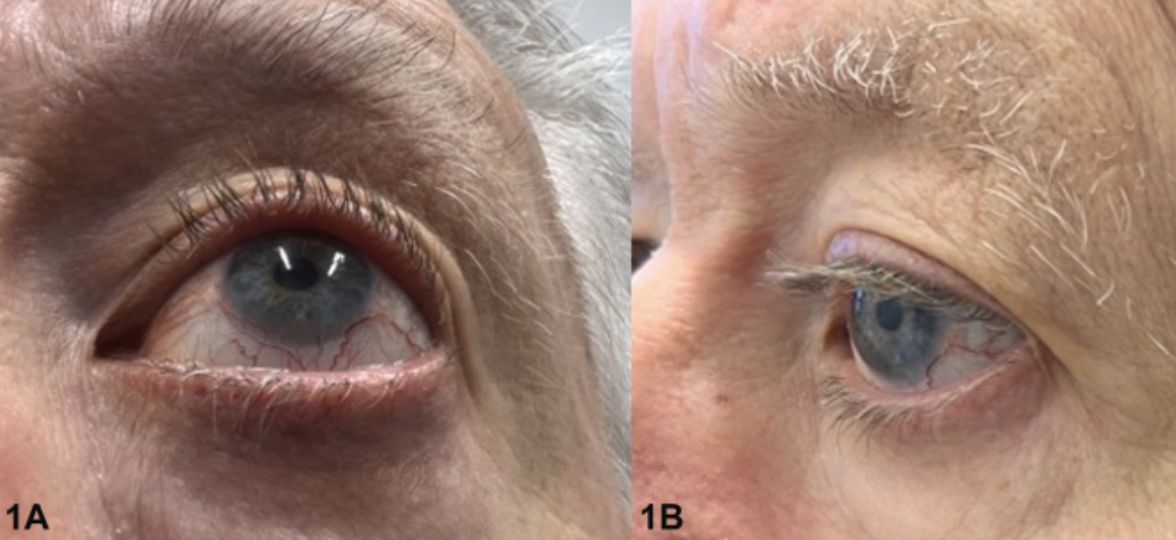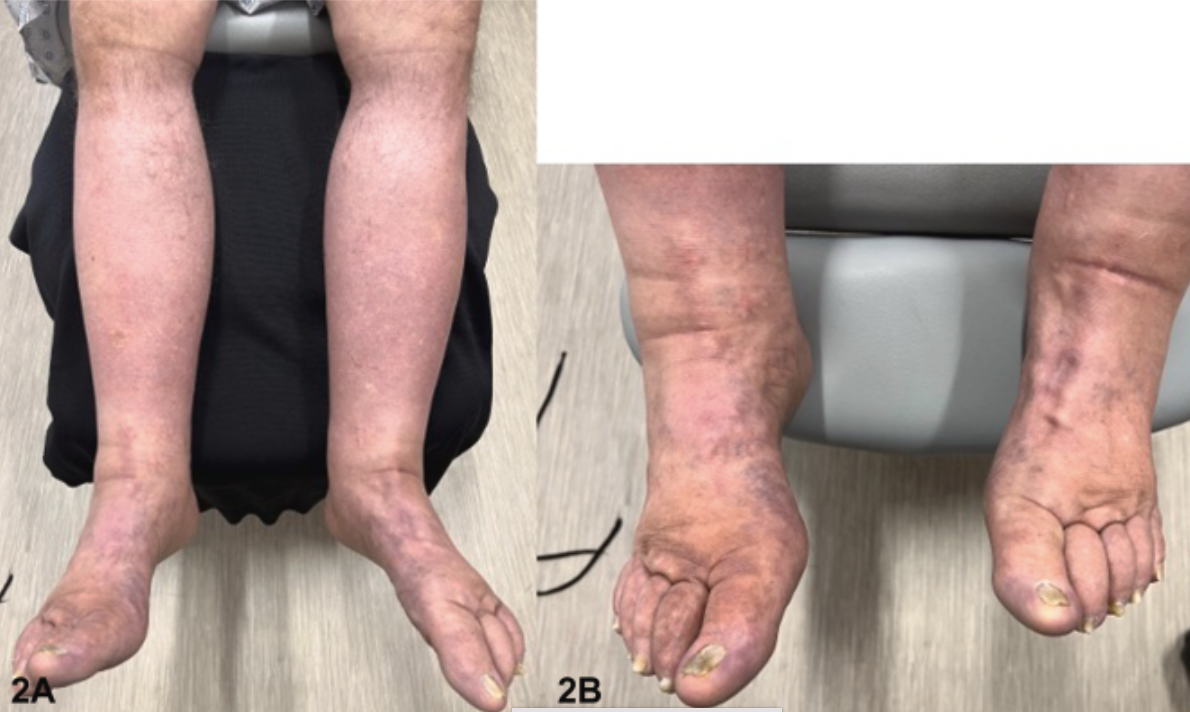Lymphedema Distichiasis syndrome (LDS): Interesting Report of a Case
Lymphedema Distichiasis syndrome (LDS): Leg Swelling and Two Rows of Eyelashes
Distichiasis is an abnormality of the eyelashes whereby a second row of eyelashes emerges from the from meibomian glands. It occurs due to the metaplastic transition of sebaceous glands into the pilosebaceous unit.
It can present congenitally, such as in lymphedema distichiasis syndrome, or secondary to acquired conditions, such as cicatrizing conjunctivitis, trachoma
The word comes from from Greek, di = two and stix, stichos = line, row
A new report describes a 71 year old male with this syndrome. Examination showed two rows of eyelashes. The second row of eyelashes was found to emerge from the meibomian gland on bilateral upper and lower eyelids. The patient stated this had been noted his entire life. Further examination showed pitting edema with mild fibrosis in the bilateral lower extremities. The patient stated that his daughter also had lower extremity lymphedema and distichiasis as well.
These features are typical of Lymphedema-distichiasis syndrome (LDS)
Two row of eyelashes with one of the rows emerging from the site of the meibomian glands. FROM: Orsillo L et al. Second row of eyelashes with lower extremity edema. JAAD Case Rep. 2023 Aug; 38: 155–157. Image used with creative commons license
Lower extremity edema in patient with lymphedema distichiasis syndrome. FROM: Orsillo L et al. Second row of eyelashes with lower extremity edema. JAAD Case Rep. 2023 Aug; 38: 155–157. Image used with creative commons license/
Comment
LDS is a rare condition. Findings of distichiasis is noted in 94-100% of patients with LDS. This may even be found at birth. The eyelashes may or may not cause issue. In 75% of cases however, the patient may have issues such as chronic keratitis, conjunctivitis or photophobia.
The lymphedema can affect the lower extremity or even the genital area. This finding of lymphedema is present in 80% of patients and develops in late chilhood or puberty. By age 30, most patients had lymphedema.
Other Associated Conditions with LDS
Other associated abnormalities have been reported with the syndrome but it’s not clear if they are related. These include congenital heart disease, atrial septal defect, ptosis, varicose veins, cleft palate, and spinal extradural cysts, varicose veins, renal anomalies, double uterus and recurrent abortions
Diagnosis of lymphedema-distichiasis syndrome can be made by genetic testing which confirms the FOXC2 mutation. The conditions is thought to be inherited in an autosomal dominant manner with variable penetrance.
The Broader Differential of Primary Lymphedema
In general, primary lymphedema is not common but should alert the clinician to a certain differential. Primary lymphedema occurs in 1–3 out of every 10 000 live births. The differential diagnosis includes not only lymphedema-distichiasis syndrome but also Milroy disease, and hypotrichosis-lymphedema-telangiectasia syndrome. Primary lymphedema can also be a feature of certain inherited chromosomal conditions, such as Noonan syndrome, Klinefelter syndrome, Aagenaes syndrome, Turner syndrome, and trisomy 13, 18, 21 and 22.
REFERENCE
Orsillo L et al. Second row of eyelashes with lower extremity edema. JAAD Case Rep. 2023 Aug; 38: 155–157.
Marques NS et al. Lymphoedema-distichiasis syndrome. BMJ Case Rep. 2016 .
McDermott S and Lahiff C. Lymphedema-distichiasis syndrome. CMAJ. 2016 Feb 2;188(2):E44.
This article was written by Dr. Jeff Donovan, a Canadian and US board certified dermatologist specializing exclusively in hair loss.



